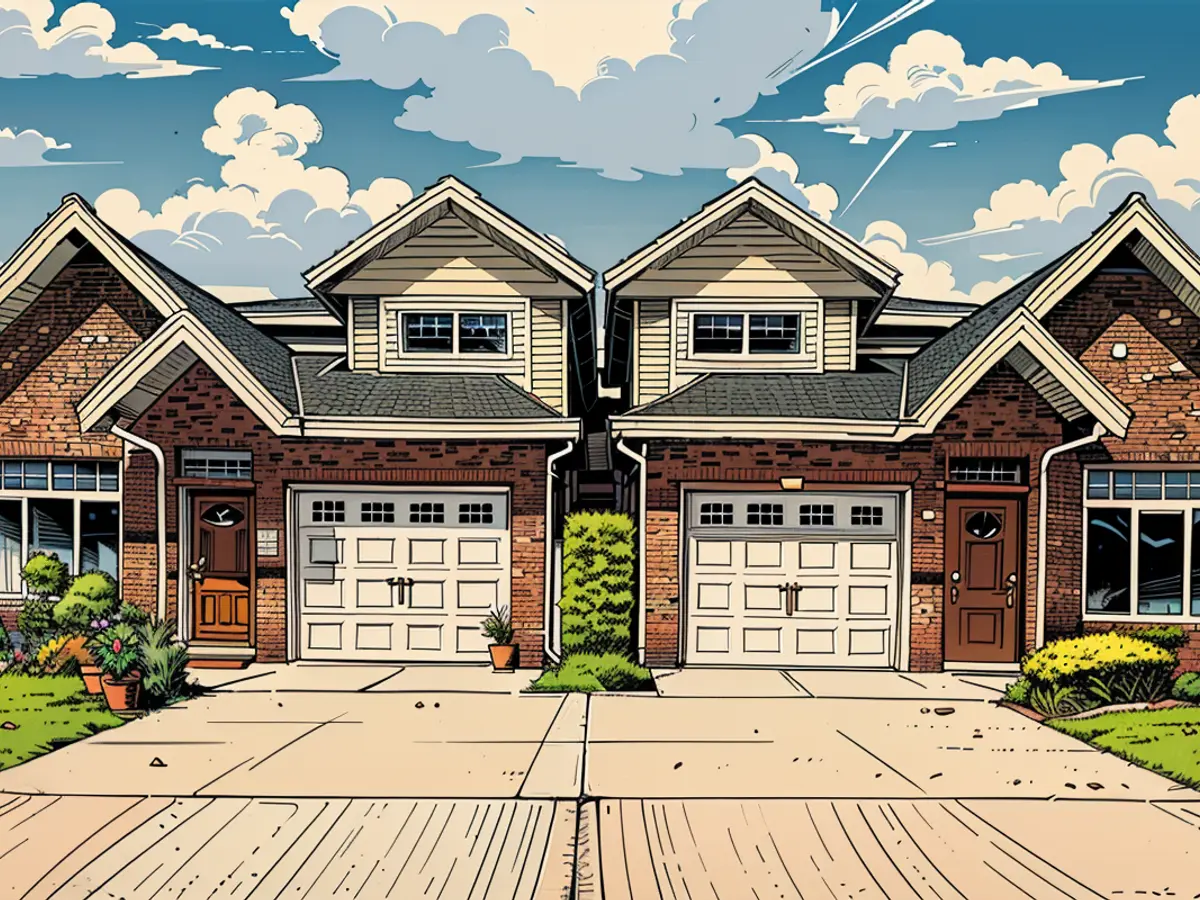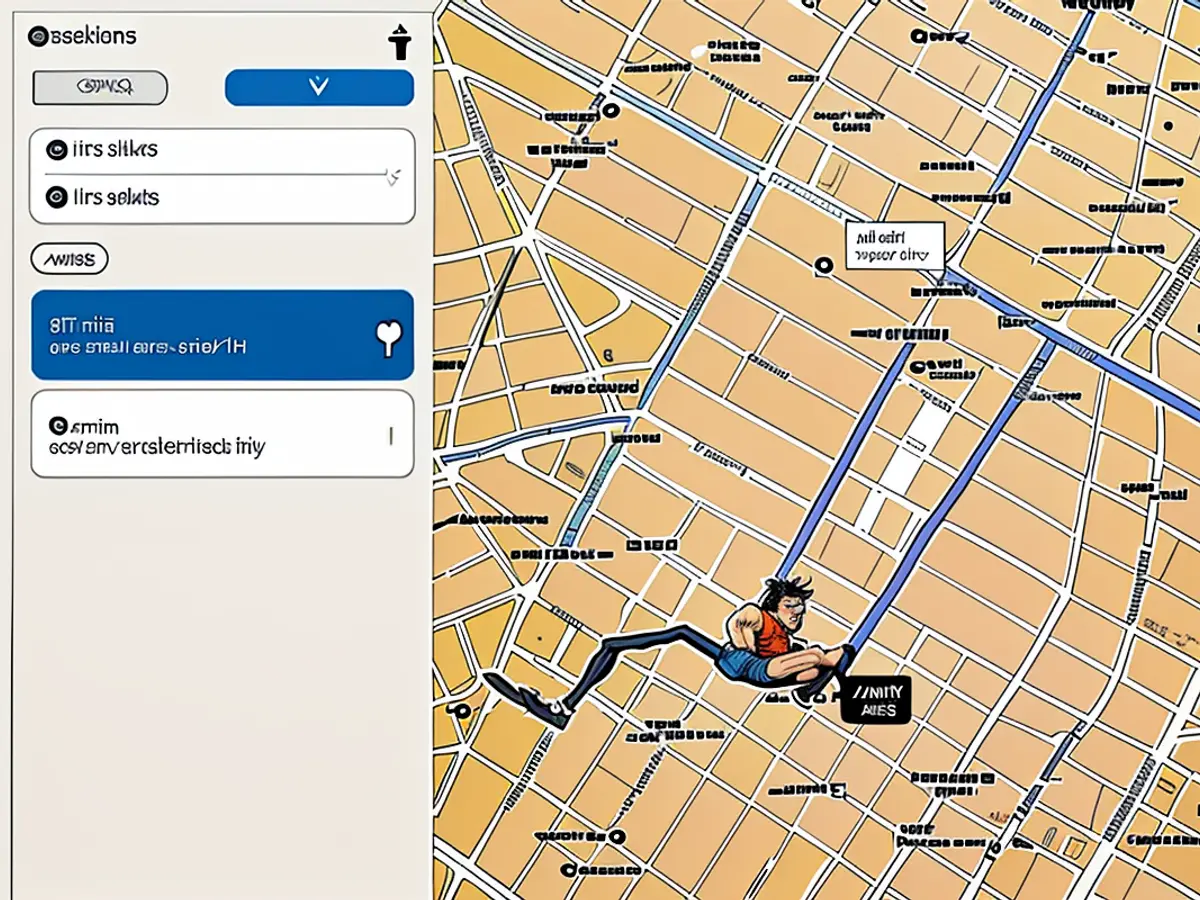Takeaways from latest GDP report showing US economy is making history
Gross domestic product, which measures all the goods and services produced in the economy, registered at a robust 2.8% annualized rate in the second quarter, after adjusting for inflation and seasonality, the Commerce Department said Thursday. That’s double the 1.4% rate seen earlier this year, and well above the 1.9% rate economists projected in a FactSet poll.
A closer look shows that key parts of the economy improved from April through June compared to the prior three months, despite the highest interest rates in nearly a quarter century and persistent price pressures.
The government’s GDP report isn’t always easy to decipher. Sometimes the headline number masks trends under the surface.
But this time, there’s no mistaking that the American economy is truly on solid footing, from consumers to businesses. It also shows that the economy could pull off an extremely rare “soft landing.” That’s when inflation comes under control without the economy slipping into a recession, something that experts say has only happened once before, during the 1990s.
Here are some key takeaways from Thursday’s GDP release.
America’s economic engine is still revving — and inflation is slowing
Consumer spending accounts for the vast majority of the US economy, about 70% of it. Spending accelerated sharply in the second quarter to an annual rate of 2.3%, up from 1.5% in the first quarter, as consumers spent a bit less on services but much more on goods. Separate data on spending shows that American shoppers are still shopping. Retail sales, excluding purchases at car dealerships, surged last month, including spending at restaurants and bars.
Within the GDP report, there is a specific measure that is a good gauge of consumer demand in the economy, affectionately known as “final sales to private domestic purchasers” (don’t try to say that three times in front of a mirror.) That measure strengthened in the second quarter, rising to a 2.9% rate compared to 2.6% seen earlier this year.
Generally, one risk that comes with an economy that’s expanding robustly is that price pressures can either get stuck or heat up. That’s not what happened in the second quarter. The report showed that inflation slowed from April through June, compared to the prior three-month period, even as economic growth accelerated.
That’s a crucial development for the Federal Reserve, which is widely expected to pare back interest rates from a 23-year high in the coming months.
“Buried deep in this report is good news on the inflation front, the PCE (Personal Consumption Expenditures) price index dipped below 3%—that’s substantial further progress on the road to a September rate cut,” said Jamie Cox, managing partner for Harris Financial Group, in a note Thursday.
The Commerce Department on Friday releases June figures on household income, spending and the PCE price index (the Fed’s favorite inflation measure), though Thursday’s GDP release already offered a sneak peek.
Businesses are still spending, but less on this
Businesses invested much more in the second quarter than in the first three months of the year.
In fact, the contribution from business investment toward GDP actually doubled in the April-through-June period. The measure for that — known as “nonresidential fixed investment” — rose to a 5.2% rate in the second quarter, up from 4.4% in the first quarter. That was largely driven by a sharp acceleration in spending on “equipment,” which encompasses everything from laptops to milling machines.
This development is important because businesses put their money where their mouths are, so the pickup in this category shows that businesses believe the outlook is good enough to invest in.
“The story all along has been corporate investment. The consumer is healthy, but investment grew almost double digits over the last quarter,” Scott Helfstein, senior vice president and head of investment strategy at Global X, said in a note Thursday. “Companies are investing in automation and digitalization, which will drive margins higher, and valuations will continue to follow.”
The one weak spot in the business investment category was a steep decline in spending on “structures,” or physical buildings, which declined 3.3% in the second quarter, down from the 3.4% gain seen previously. That pullback likely reflects the effects of still-high interest rates.
“Elevated borrowing costs and tight bank lending standards will (continue to) pose headwinds for equipment spending and some facets of structures,” Oren Klachkin, financial markets economists at Nationwide, said in a note. “But we think that tech-related investment will continue to rise.”
The robust 2.8% growth in GDP is a positive indication for the business sector, as it suggests a healthy economy. Companies increased their investment in equipment, leading to a notable rise in the measure for nonresidential fixed investment.
Despite the increase in investment, businesses have shown a decrease in spending on structures, likely due to the impact of high interest rates.








